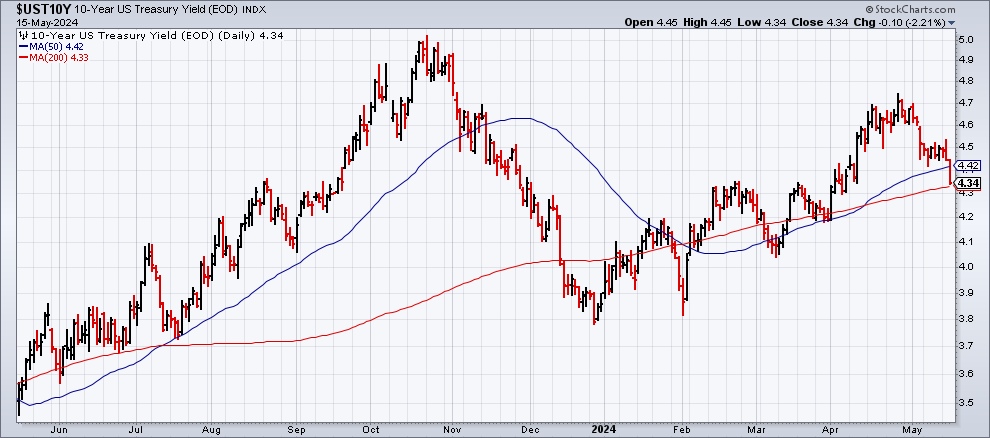Unlock the Editor’s Digest for free
Roula Khalaf, Editor of the FT, selects her favourite stories in this weekly newsletter.
US copper prices have blown out to a record premium over the global benchmark in London, as speculative funds pile in and traders are forced to cover short bets on the world’s most important industrial metal.
Copper futures traded in New York surged to an all-time high, with the most active three-month contract to July rallying 11 per cent in the past week to a peak of more than $5 per pound on Wednesday.
The price, equivalent to more than $11,000 per tonne, pushed the difference between copper prices in the US and the global benchmark in London to a record gap of more than $1,000. Typically the two are more closely correlated, with the difference less than $90 per tonne, according to Citi.
The sharp rise was driven by speculators squeezing out traders who had thought that the premium on the US market would fall, according to market insiders. Fears over the level of stock available for delivery in New York also encouraged more betting, they said. Speculative trading activity for those trying to make money on the direction of the copper price is viewed as easier on the Chicago Mercantile Exchange than at the London Metal Exchange, where contracts are more complex.
Commodity traders with bearish positions, including Trafigura and others, are rushing to secure copper to deliver into the US and close out their short positions, according to two people familiar with the matter. Trafigura declined to comment on the short position.
“It does feel like a runaway market,” said Eleni Joannides, research director of copper at Wood Mackenzie, a consulting firm. “There’s a massive amount of speculative managed money longs that have gone in over the past months. It’s just huge.”
The sudden, sharp rise in the red metal follows similar price moves in recent years in nickel, gas and cocoa, underscoring the volatility in commodities trading as supplies are disrupted and traders bear more of the overall cost of buying and selling.
It also comes as miner BHP attempts to take over Anglo American in a £34bn deal that would boost its portfolio of mines generating the superconductive metal vital to decarbonising the global economy.
Copper has a wide ranges of uses, for instance in buildings, power cables and electric cars. But shortages of ore from mines are expected to feed through







